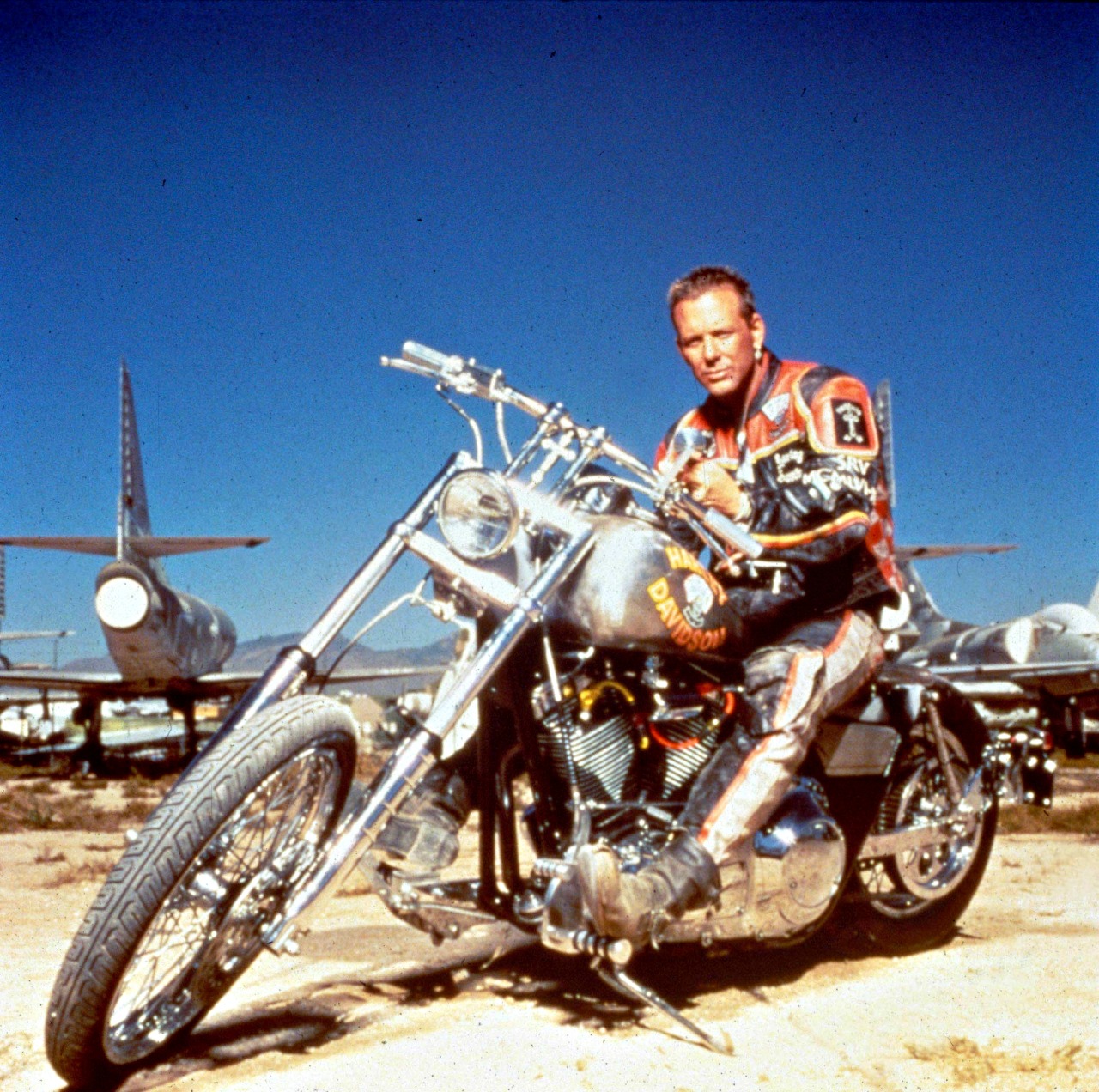

But more importantly, they epitomize the very über-machismo expected to disappear in the future or probably viewed as caricatures of an antiquated era. Part of this silly revelry is in featuring two protagonists who are actually nameless stereotypes, ostensibly and affectionately referred to after individual character quirks and traits.

However, Wincer's movie, set in the then-future of 1996, mixes this sentimentality with a celebration of the over-the-top action flick. Only, times are changing, and it's acceptable for men to be emotionally vulnerable. There isn't any implication that this is a bad thing - even our two would-be reluctant heroes in this actioner are shown to possess a gushy soft side beneath their hardened exteriors. The box-office flop that today enjoys status as a cult favorite presages the rising tide of the political-correctness movement, where the testosterone-fueled masculine archetype was fading away and the man in touch with his inner feelings was becoming the norm. His meaning is what, in my eyes, makes the film a surprisingly intriguing watch because he's alluding to a larger cultural change that was taking place at the time. Indeed, the script by Don Michael Paul (future director of franchise sequels 'Lake Placid: The Final Chapter,' 'Jarhead 2' and the upcoming 'Tremors 5: Bloodline') makes intentions known on a literal level when Don Johnson comments that he and Rourke are a dying breed.
HARLEY DAVIDSON AND THE MARLBORO MAN CAST MOVIE
Strangely, the display and fiasco doesn't seem misogynist as much as simply exploiting and satisfying a desire to be a guy's movie of old, a simple story with lots of action. In fact, Vanessa Williams and Tia Carrera are actually the only two women worth remembering, yet they still only function as the exotic other making virile men do and say stupid things.

Meanwhile, the only female characters seen throughout are relegated to the T&A sidelines - only there for show, literally viewed as objects of desire. Although made very soon after the decade just ended, the movie is essentially 98 minutes of "boys and their toys" causing fights for no other reason than the love of seeing fists fly. Then again, the combination of dark minimalism with the decade of gaudy excess would make sense in a production blatantly intent on reveling, nearly eulogizing masculinity.

Watching the sequence again, the tone is somewhat comical, but more importantly, there is something celebratory about it as well.Īlso, the style and camerawork of the opening hints - dare I say, even stinks - of homage to the noir style, but those sentiments soon dissipate when the movie switches to an oddly overt 80s romanticism. Still immersed in gloomy shadows and after dressing in his soon to be signature leather outfit, we see the silhouette of Rourke walk out the door without a word while a naked woman in the bed awakens, and Jon Bon Jovi's "Wanted Dead Or Alive" plays to give the movie's bold sense of manhood one final nudge.
HARLEY DAVIDSON AND THE MARLBORO MAN CAST FREE
Director Simon Wincer (' Quigley Down Under,' ' Free Willy') reveals the actor standing by a motel window staring pensively into the distance and holding the picture of a happy couple. Audiences can practically smell the sweaty stink of ruggedness and machismo as David Eggby (' Mad Max,' ' Pitch Black') photographs a ripped and shirtless Mickey Rourke in thick orangey browns mixed with heavy dark shadows. Right from the opening moments of 'Harley Davidson and the Marlboro Man,' the pungent musk of manliness saturates the screen.


 0 kommentar(er)
0 kommentar(er)
